When many people think of bird watching in South America, they tend to think of the rich jungles of the Amazon. But did you know that Chile is quickly rising in fame among the budding ornithologists of the world? While the jagged peaks of Patagonia and amber mirages of Atacama beckon for obvious reasons, did you know that Chile's capital, Santiago, has more than enough to ensure that those binoculars are out at the ready? In this blog, we interview expert guide/birdwatching extraordinaire, Raffaele di Biase, to discover just why birdwatching in a city as modern as Santiago can be so rewarding.
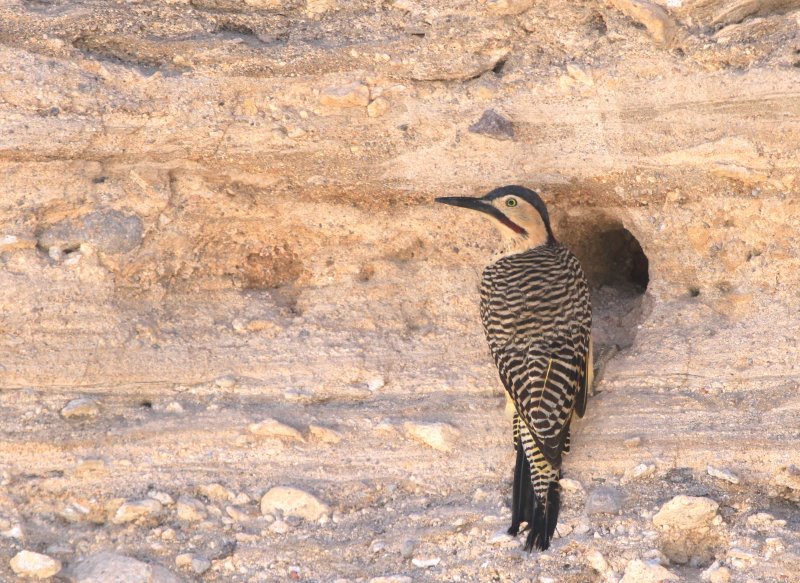
Hola Raffaele! First please tell us about yourself, and your experience as a "twitcher," as birdwatchers are sometimes called.
I am a professional naturalist guide with a degree in Philosophy. I have more than 15 years of experience in the field leading groups to destinations as far as the Galápagos islands, Antarctica, Brasil, Peru, Bolivia, and Patagonia. As a guide, I have been invited to train teams in USA, Bolivia, Peru, Ecuador, Croatia, Bosnia and Montenegro. I am also a member of the board of International Guide Standards at the ATTA as well as the International Board of the South American Bird Fair.
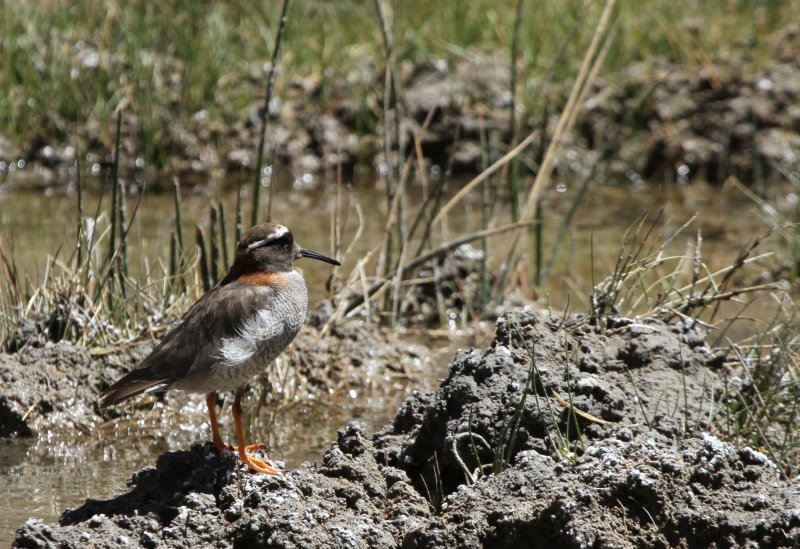
Santiago is a modern, metropolitan city. What birds are people likely to see?
Santiago de Chile is located in the central region of Chile, from here you can easily reach the Andean range to the east. The mountains near to Santiago are the habitat of specialties such as the Diameded-Sandpiper Plover, which spends spring and summer at high-altitude grasslands and lagoons, and the majestic Andean Condor. An hour from the city to the west, you can reach the Pacific coast, where the rich Humboldt current creates the perfect conditions for a diverse and unique birdlife such as the endemic Seaside Cinclodes, Humboldt Penguins, and pelagics like the Black-browed Albatross and the Pink-footed Shearwater, among others. You can also find interesting species in the nearby valleys, including endemics as the Chilean Tinamou and the Chilean Mockingbird. At 30 minutes from the downtown area, you will find yourself the Batuco and Lampa wetlands, a group of lagoons where more than 100 species can be found, among them residents and migrants.
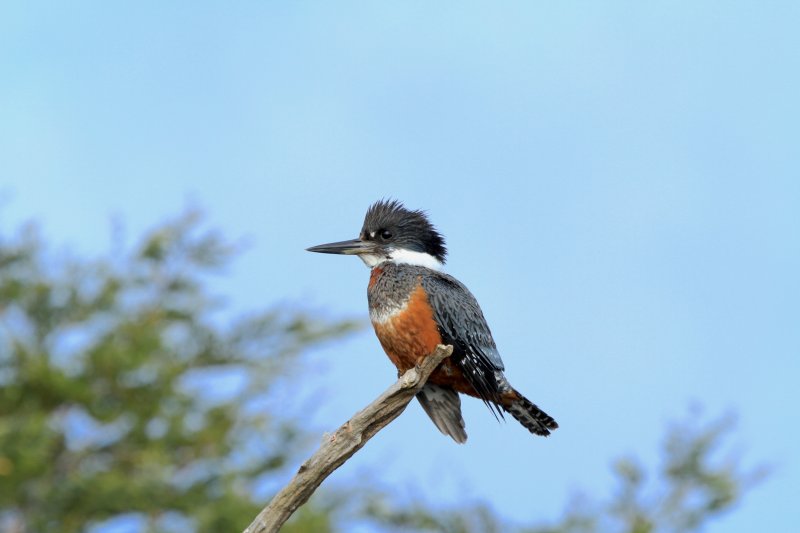
So where can visitors go to see the birds inside the city? Are there any secret spots within the city?
The city itself has good parks, like the Parque Bicentenario (Vitacura) and Parque Metropolitano (San Cristobal hill), where on a good day you can find more than 40 species of birds.
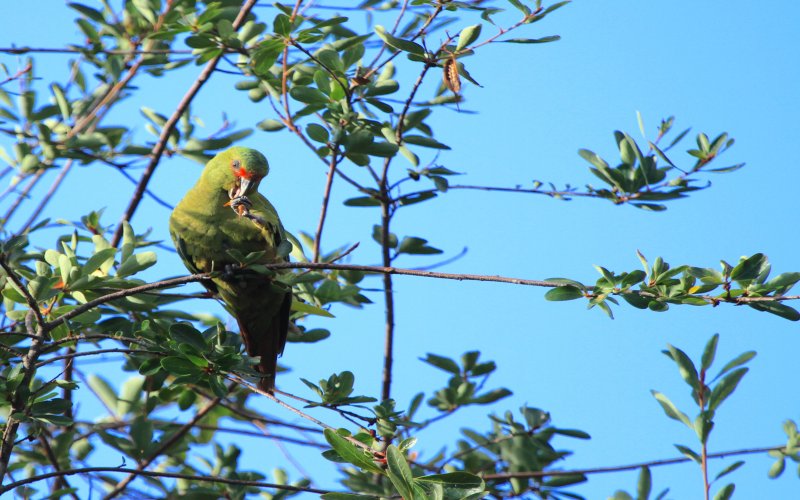
What makes a good birdwatcher a great birdwatcher?
Love for nature, a passion for birds, patience and many hours experience in the field in order to be able to recognize the marks of the birds, their sounds, behavior, and habitat. The equipment you use is also very important - a good pair of binoculars is a must. It is better to choose the equipment carefully and consider the weight, the maximization (between 7-10) and the light are the top three things to think about when choosing the right pair for you. A notebook and field book are also important. The more you go out birding, the more you will realize that a spotting scope is another important piece of optics, as it allows you to spot birds from the distance without disturbing them.
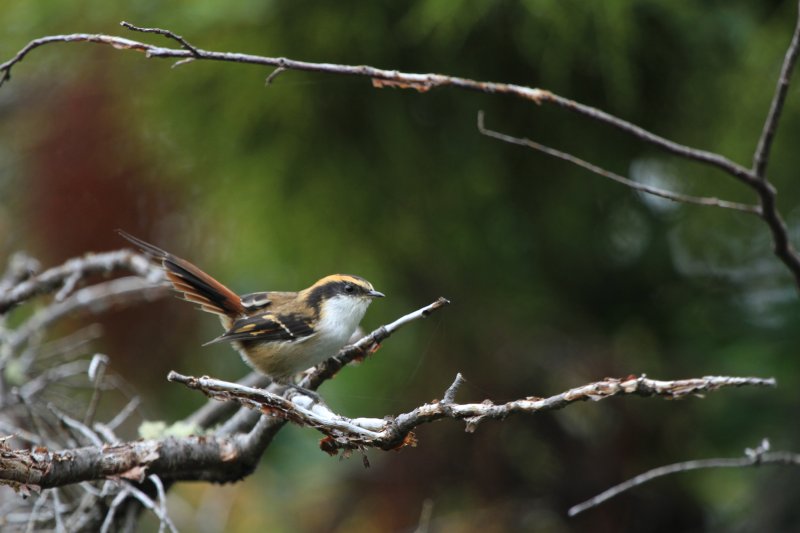
Where would you recommend visitors to go bird watching outside of Santiago? And what species could they see?
The altiplano is a region at the top of Chile that is excellent for birding, with various charismatic species such as the Horned and Giant Coot, and three types of Flamingos (Andean, James and Chilean), as well as the endangered Chilean Woodstar. The Lake District is home to a temperate rainforest with a group of specialties that cannot be found easily anywhere else, like the Black-throated Huet Huet, the Chucao, the Ochre-flanked Tapaculo, and the Magellanic Tapaculo. Southern Patagonia has really spectacular landscapes and great birds too, such as the enigmatic Magellanic Plover, the wonderful Magellanic Woodpecker, and the specialized Torrent Duck.
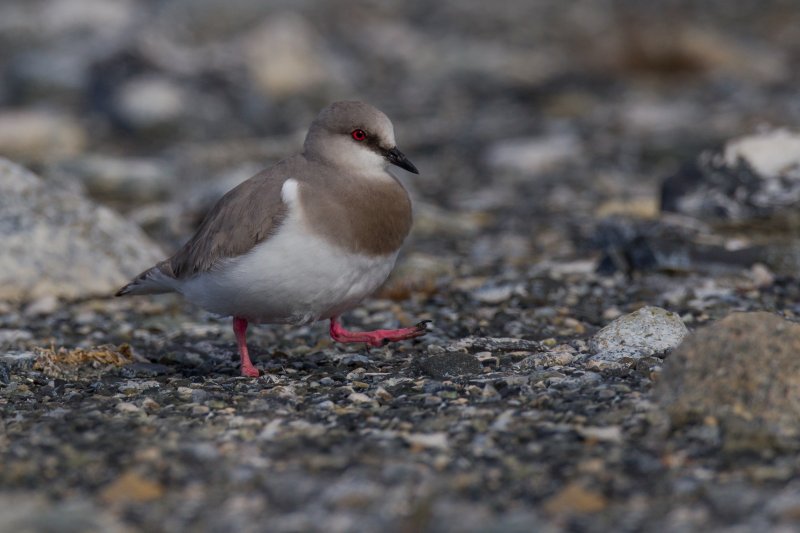 Further afield, where is your personal favorite place to go birdwatching?
Further afield, where is your personal favorite place to go birdwatching?
My favorite places personally would have to be Central Chile, as well as the Lake District region and the island of Chiloé.
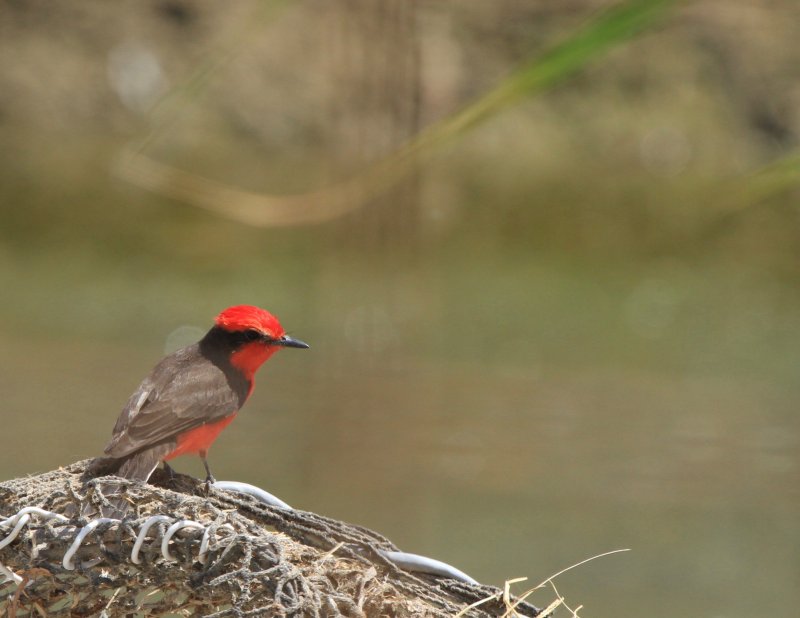
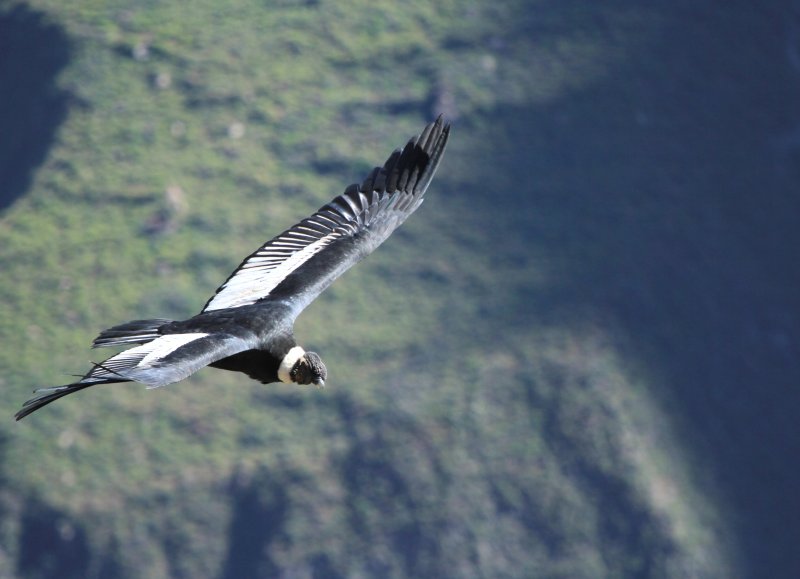
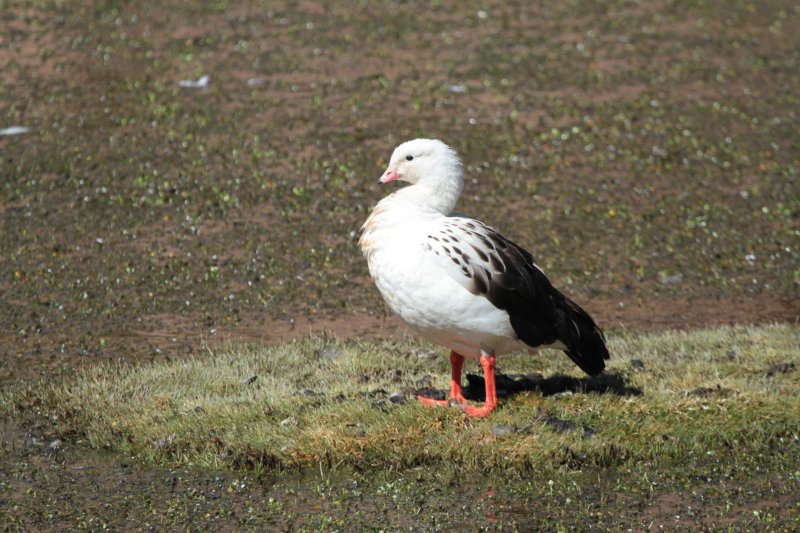
After spotting some birds in Santiago, come down to Patagonia for more wildlife adventures. On EcoCamp's Wildlife Safari, there are so many incredible animals to admire. Also check out the Patagonia Puma Tracking program where you can travel with an expert puma tracker to find this elusive big cat.

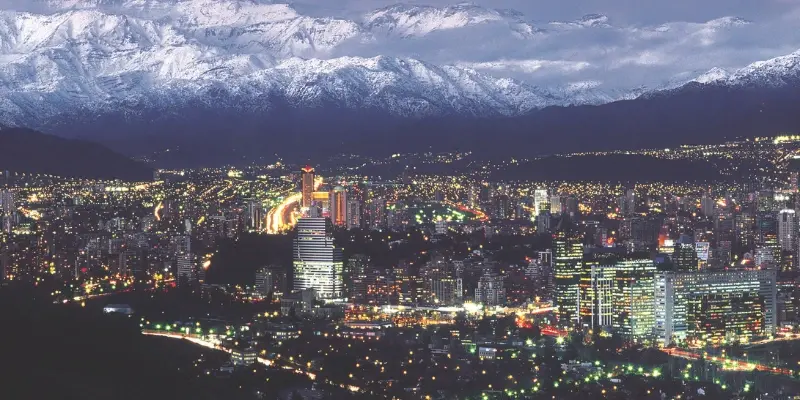
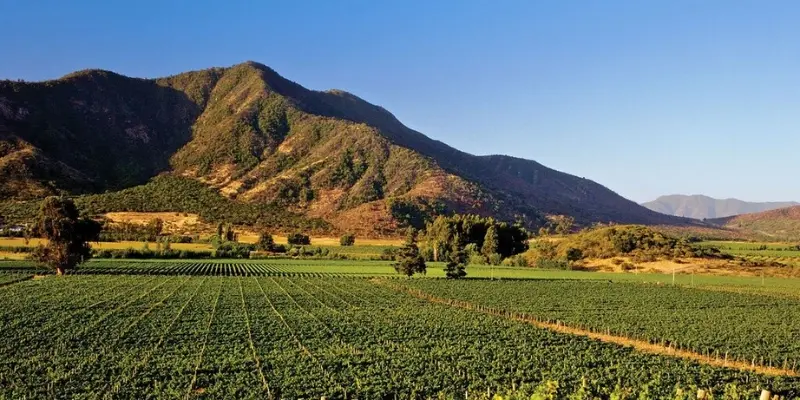
_miniatura.webp)











